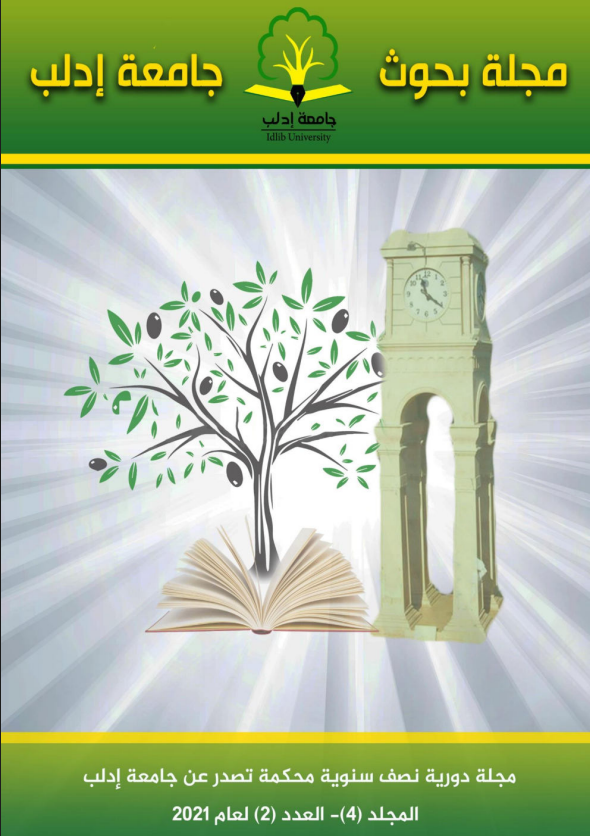نظرية التواصل في النقد العربي القديم "العناصر والوظائف"
الكلمات المفتاحية:
نظرية التواصل، نظرية اللغة، وظيفة اللغة، وظيفة النقد، المتلقيالملخص
يهدف البحث إلى بيان نظرية التواصل في النقد العربي القديم من حيث عناصرها ووظائف تلك العناصر ،وذلك قياساً على نظرية جاكبسون اللغوية ، وقد توصل البحث إلى أنّ نظرية التواصل العربية تتكوّن من المخبِر (المبدع) ،والمخبَر (المتلقي) ، والمخبَر به (الرسالة/ المعنى الثاني) ، والمخبر عنه (الموضوع)، والخبر (المعنى النفسي ). وأمّا وظائفها فهي على الترتيب السابق : الإفهام والإمتاع ، الاستفهام والتقويم ، والمتعة والفائدة ،الشرف والصحة ،الصدق . ولايمكن انّ تكمل عملية تلقي الشعر إلا بتلك العناصر مع وظائفها مجتمعة ، فلا يمكن الاستغناء بواحدة دوم الأخرى . فالعلاقة بين هذه العناصر متجادلة يؤثّر بعضها الآخر . فالمخبر يكتب وفي ذهنه المتلقي ، والسياق اللغوي والاجتماعي والحضاري ،والمتلقي يستمع أو يقرأ وفي ذهنه الأنساق نفسها ، مضافاً إليها ذوقه ورؤيته . والمخبر به لايكون إلا على أساس الخبر والمخبر عنه ، والمخبر عنه لايغدو شعرياً إلا بالعناصر السابقة كلها ، فتصنع شبكة من العلاقات التي لايمكن فصل إحداها عن الأخرى .

